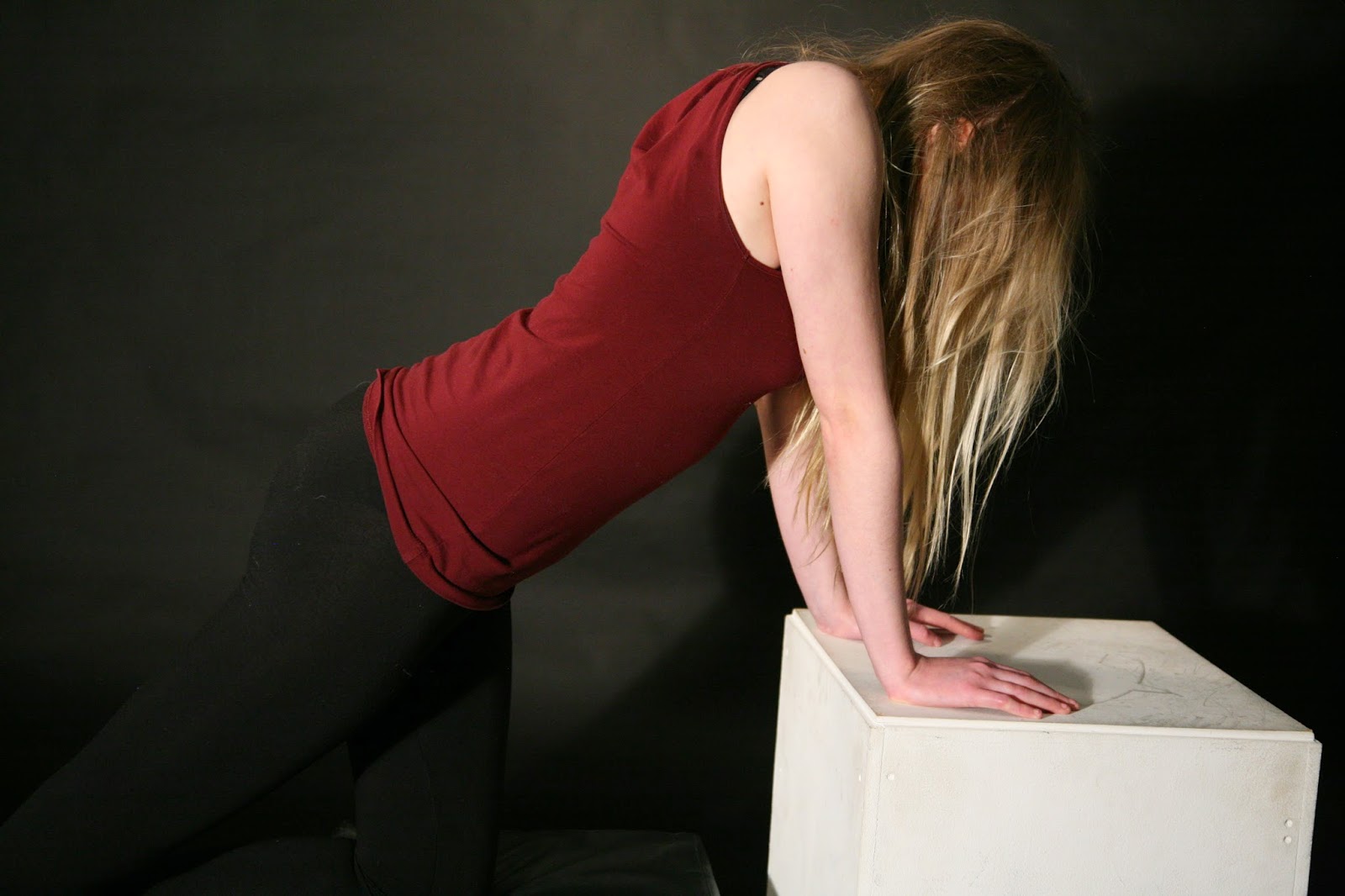I then took part in an oil printing workshop and thought that this was one of my favourites. I got told about the different techniques and methods that are used when using oils these include:
Intaglio print - etching
Relief
Mono-printing
Embossing
Photopolymer - intaglio
The first method we tried was a simple text poster using the metal letters and a thin layer of ink. This was quite fun because we had to lay out the letters backwards so they would appear the correct way when we turned the paper around. The magnets are very strong and hard to move but we used them so that the letters would stay in place when we pulled the roller over it. We used rollers and a very thin layer of ink on the letters and made sure that it was even, then we carefully places some paper over it and two other thick pieces so that there would be more pressure when rolling over it. The first couple of prints weren't too great as some of the paint was patchy so we tried it again with another thin layer of paint and made sure it was more evenly spread the next time around. After testing out this technique we tried some prints using a giant press machine, I really liked how these ones turned out, again we put a thin layer of ink onto a small transparent screen and layed out some fabrics. Then I layed it out on the machine and out some tracing paper over it then the large fabric and turned the wheel. When I took the fabric off of the screen there was a perfect print of it in the ink and after that I put the fabric with ink on and put it on a separate piece of paper and it printed it pattern of the fabric.
Even though I really enjoyed the workshop I do not think there are many ways I could incorporate it into my images.
 |
| Bottom image is the printed version |

















































